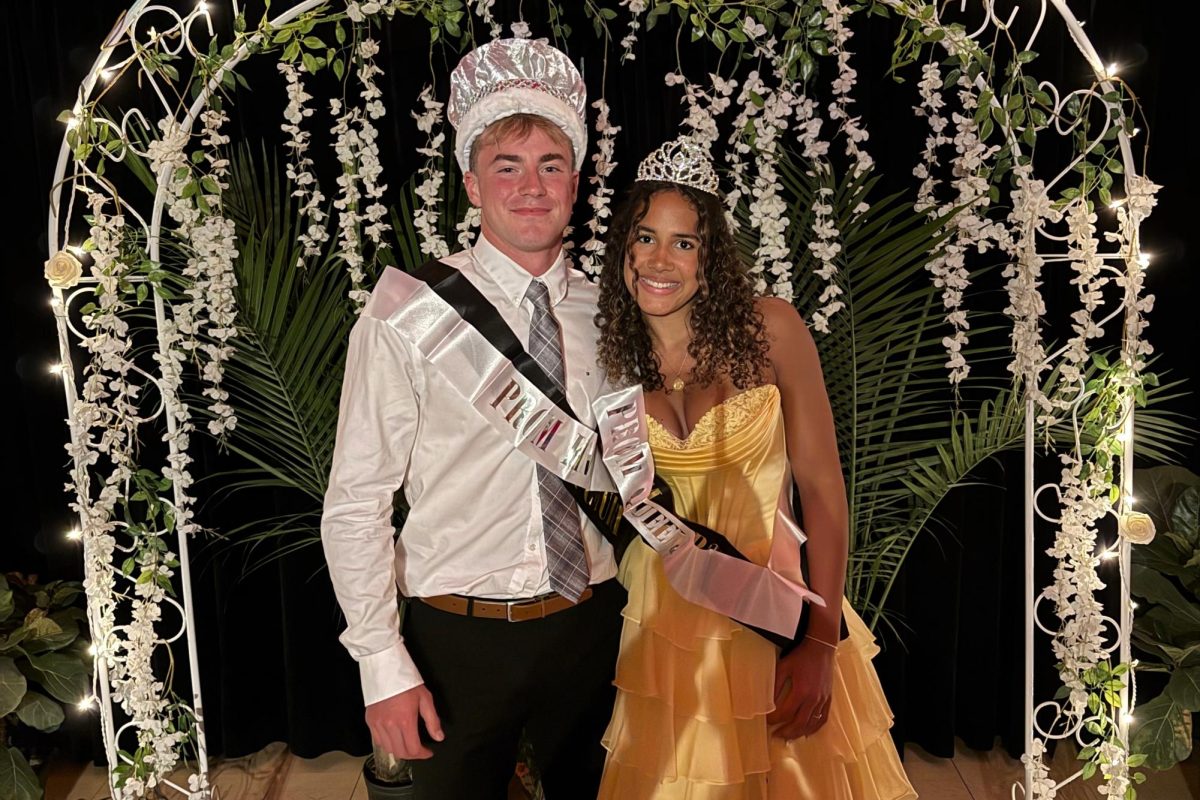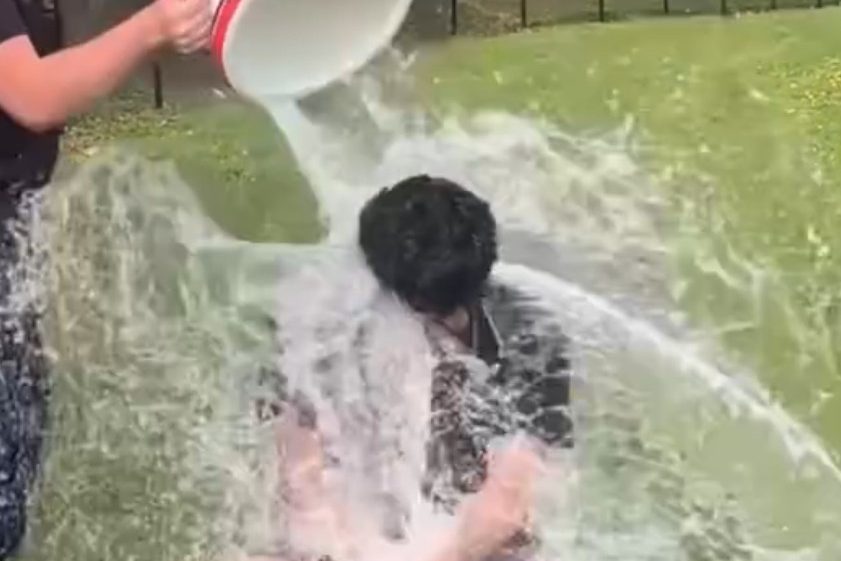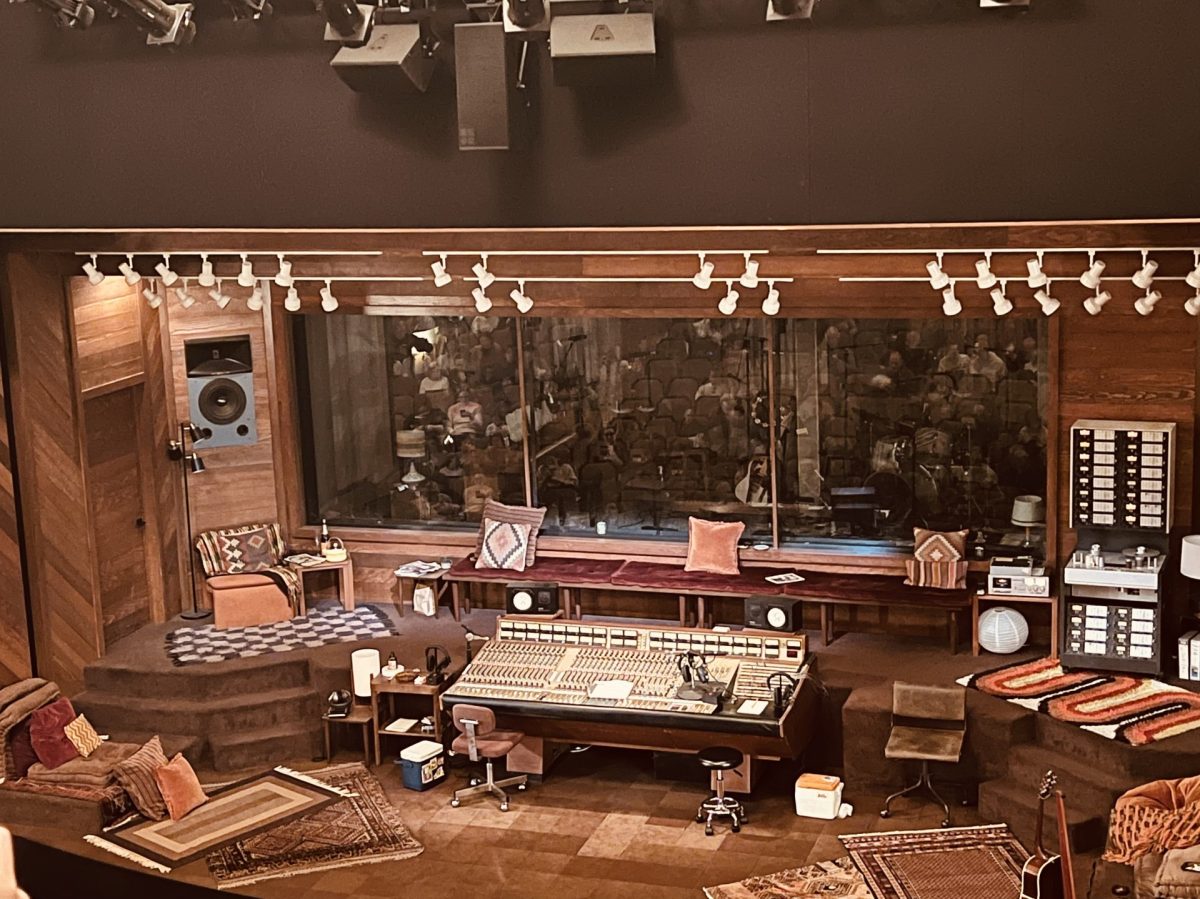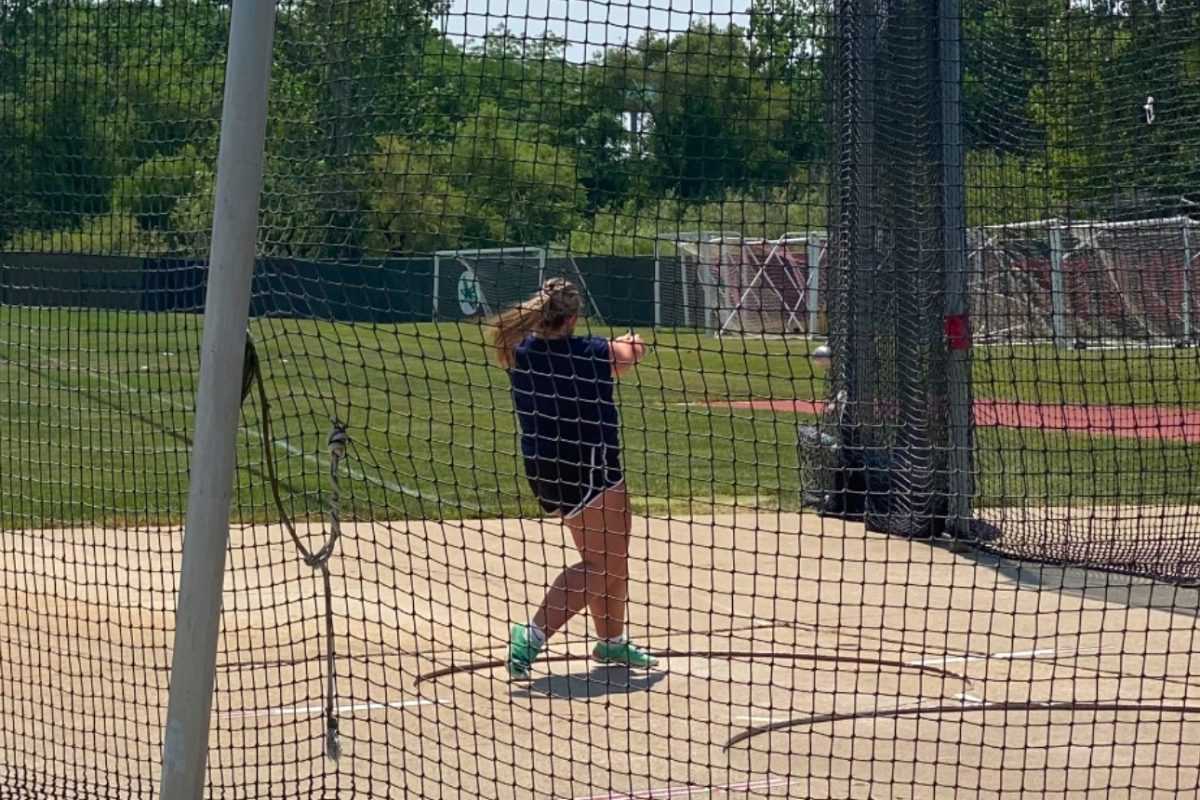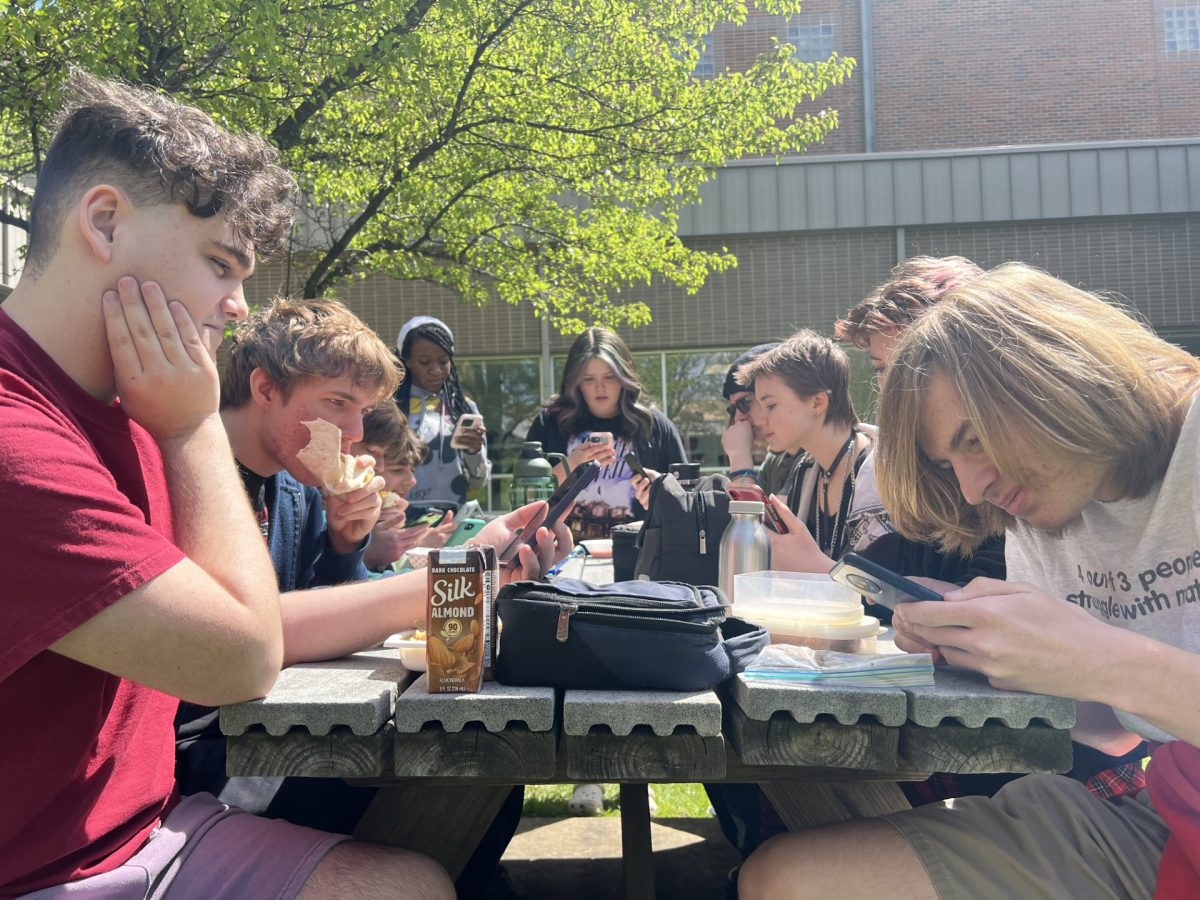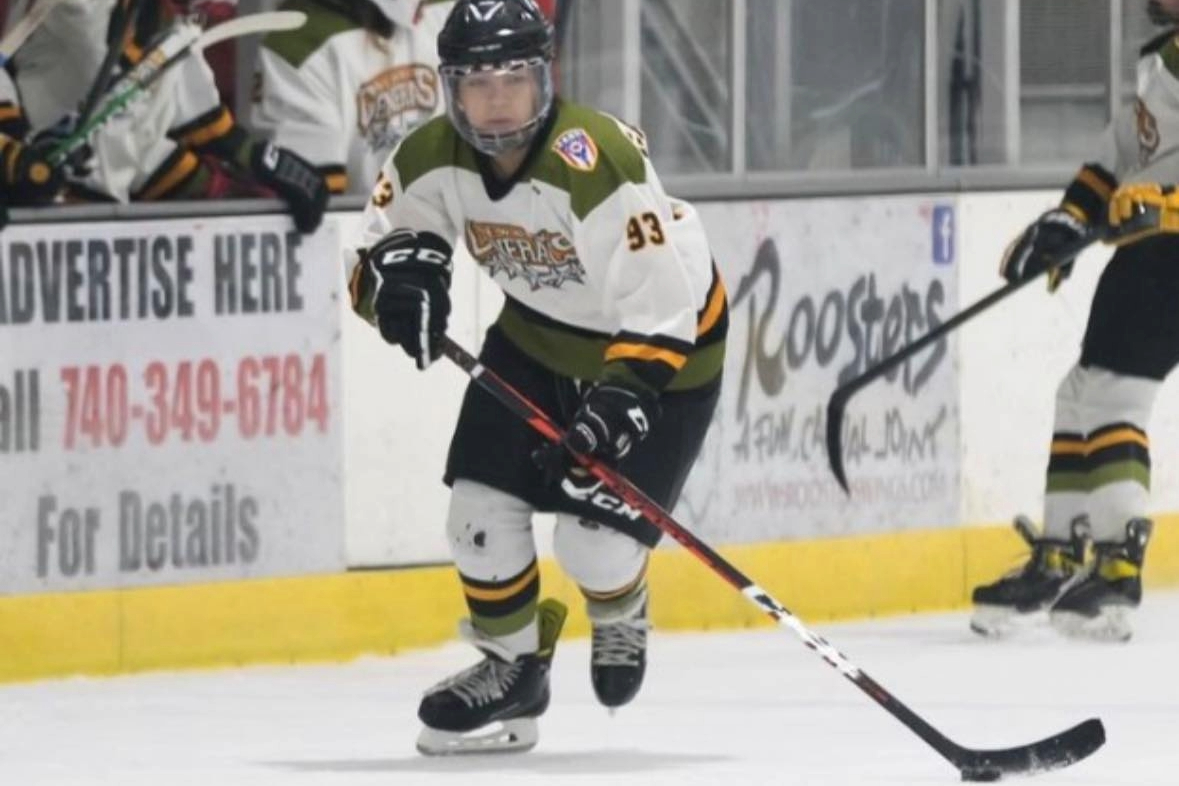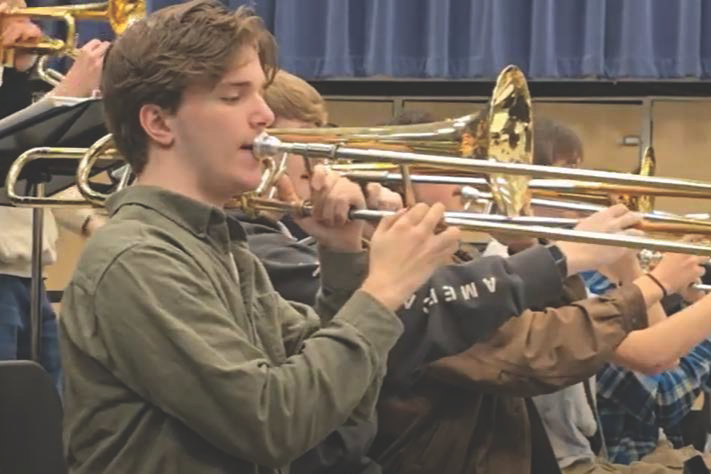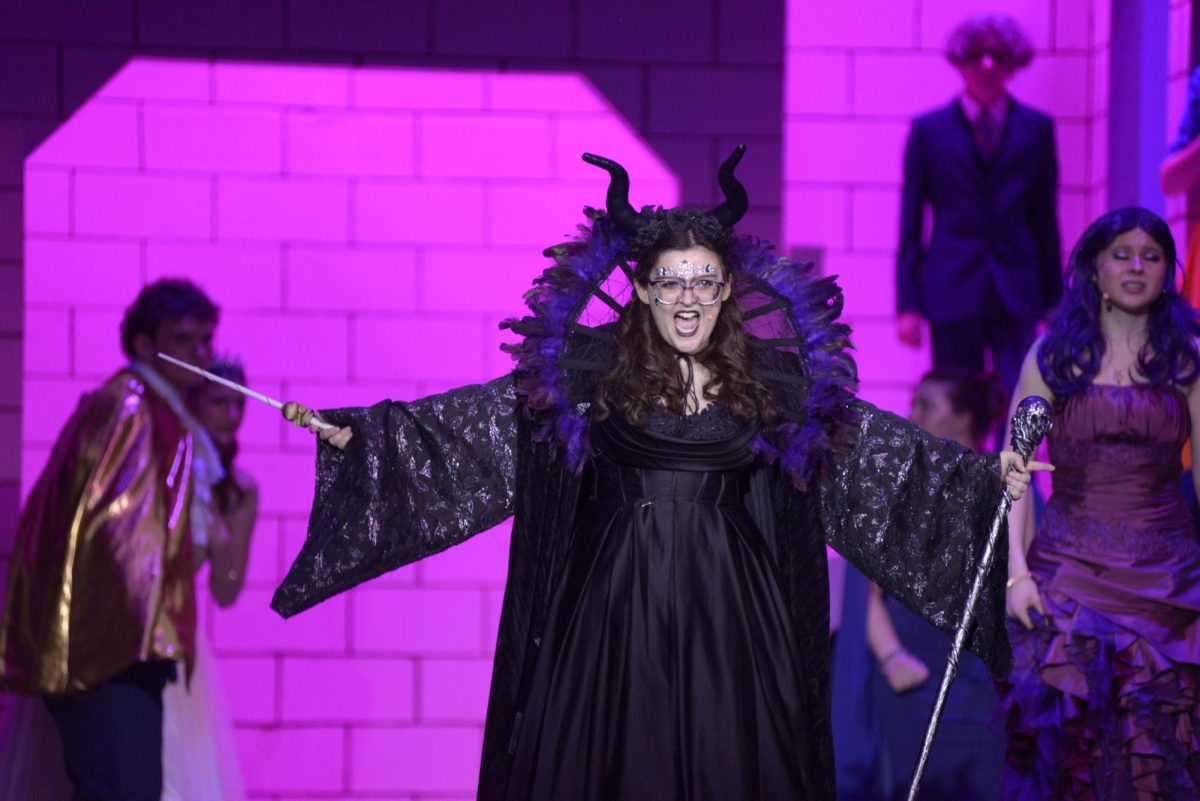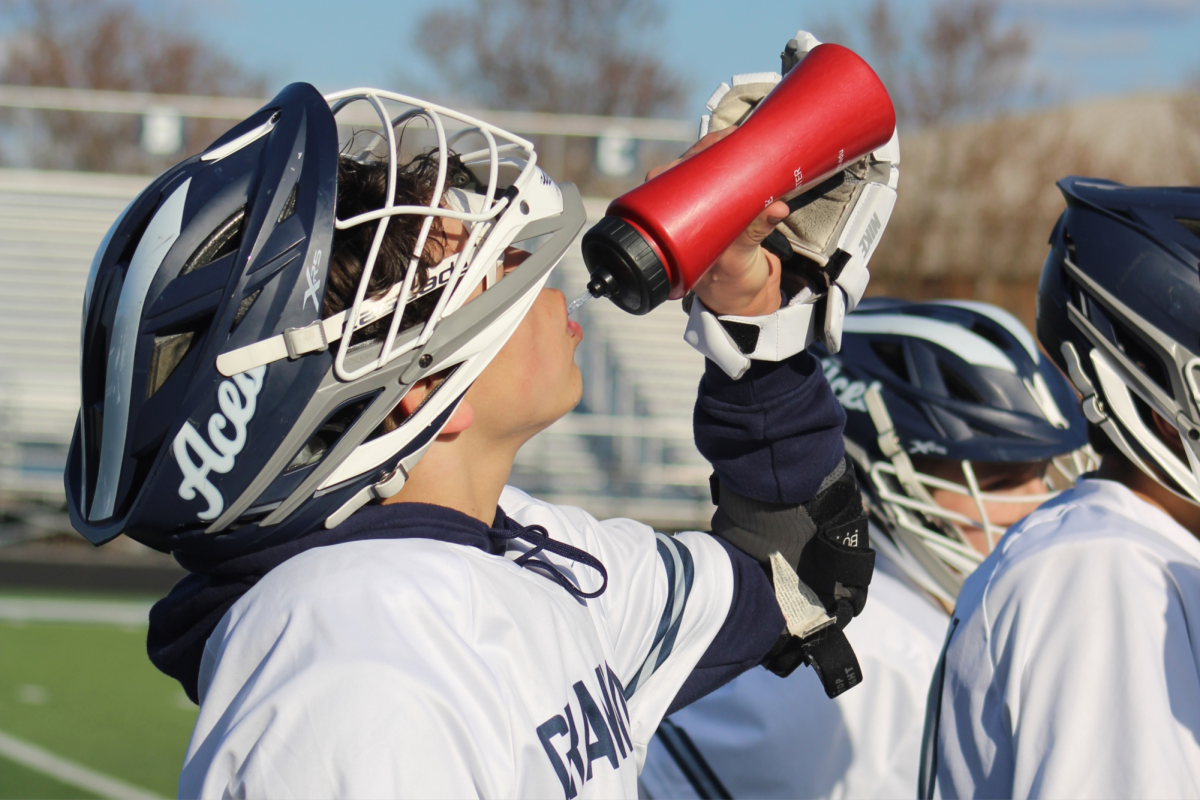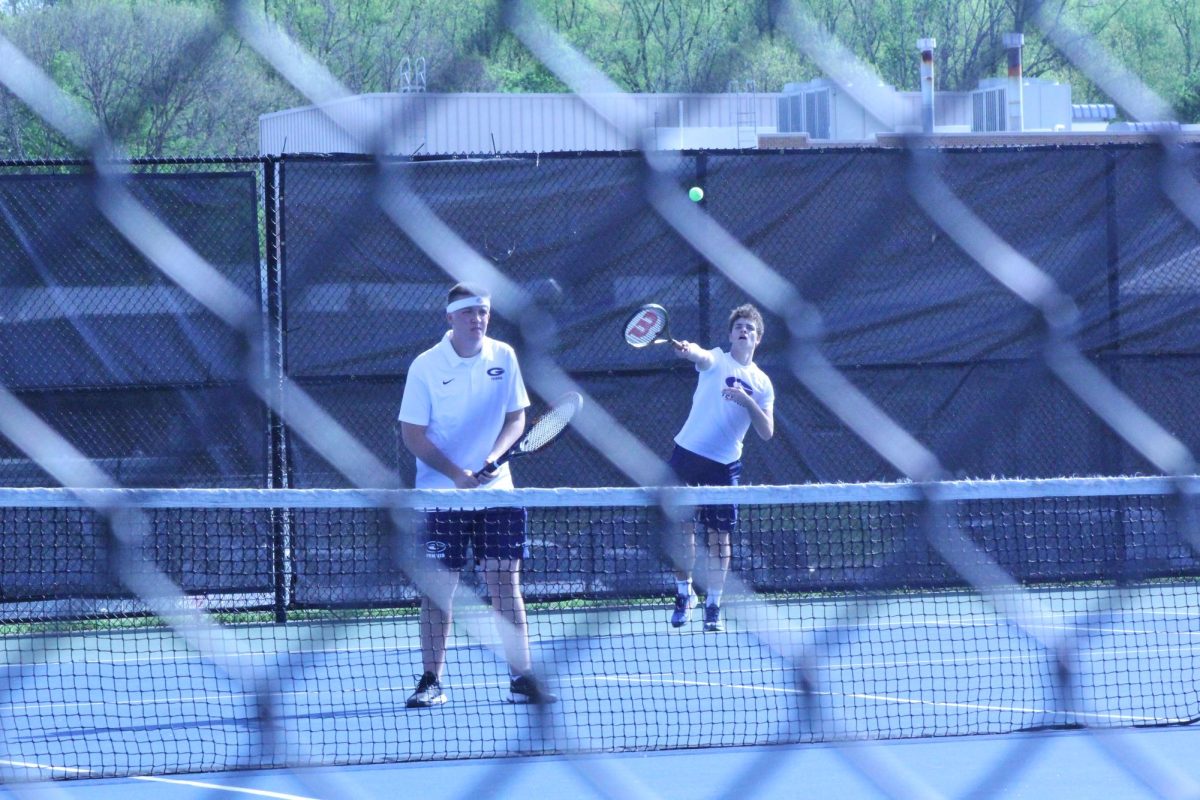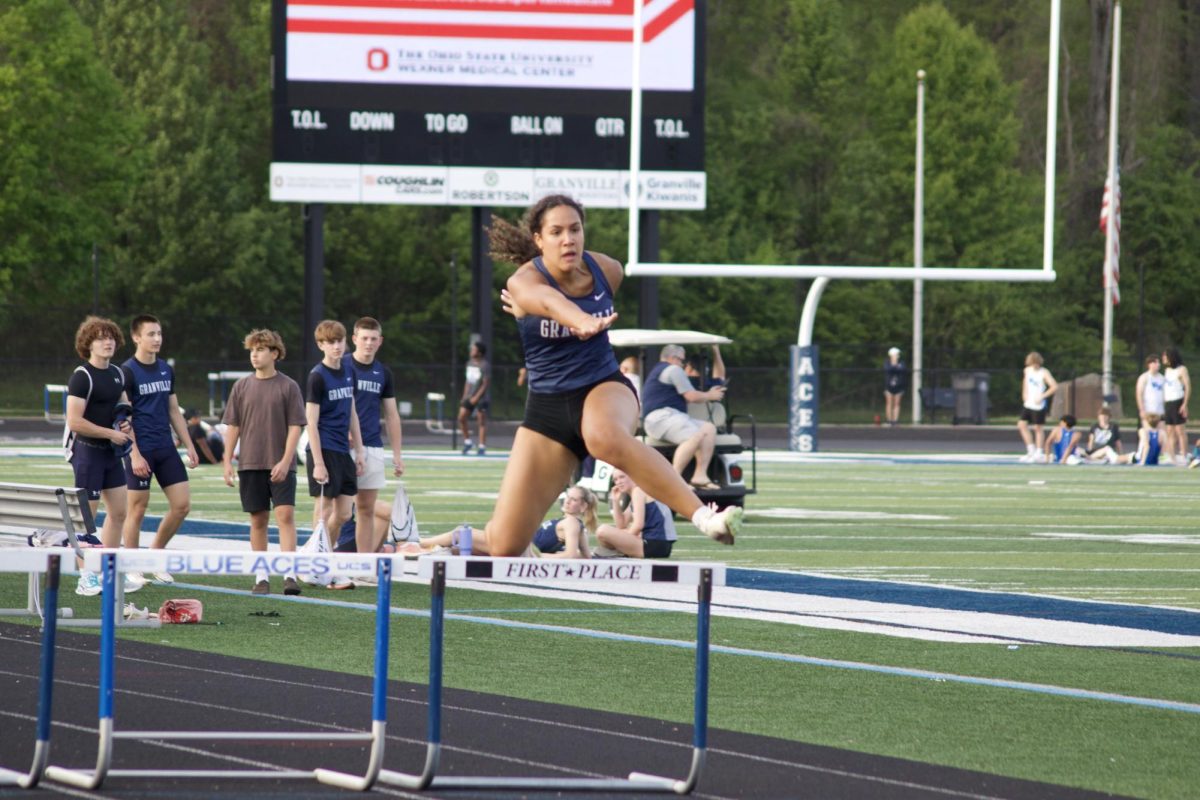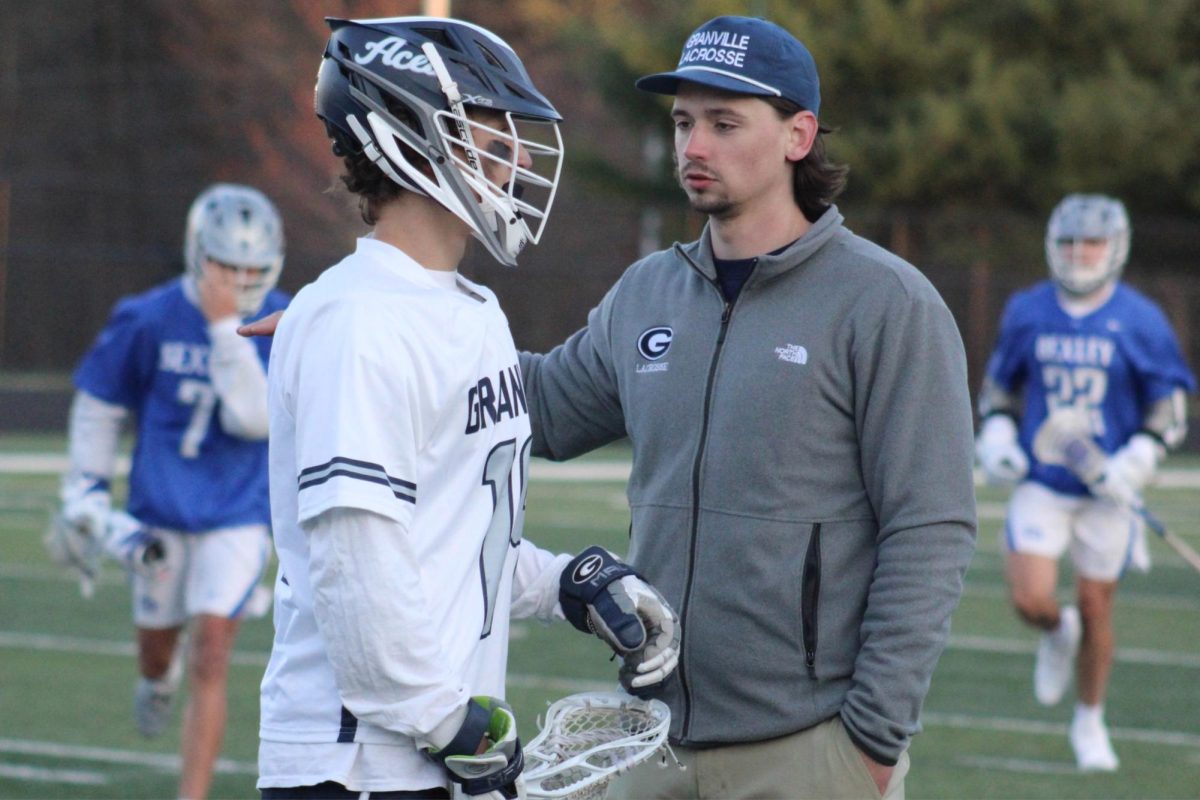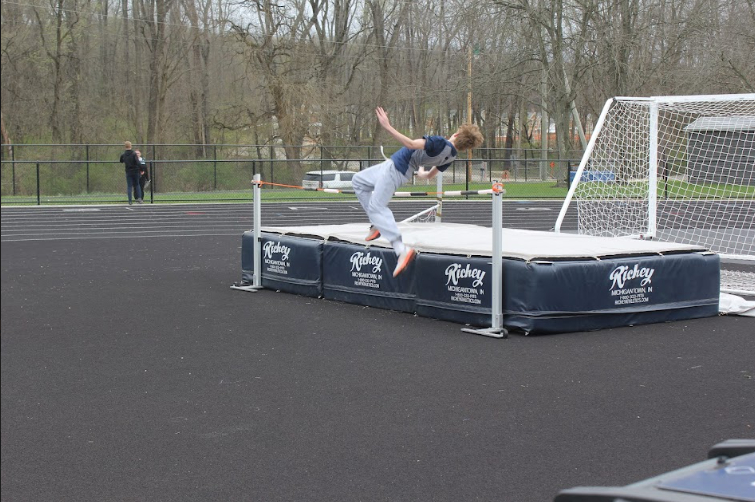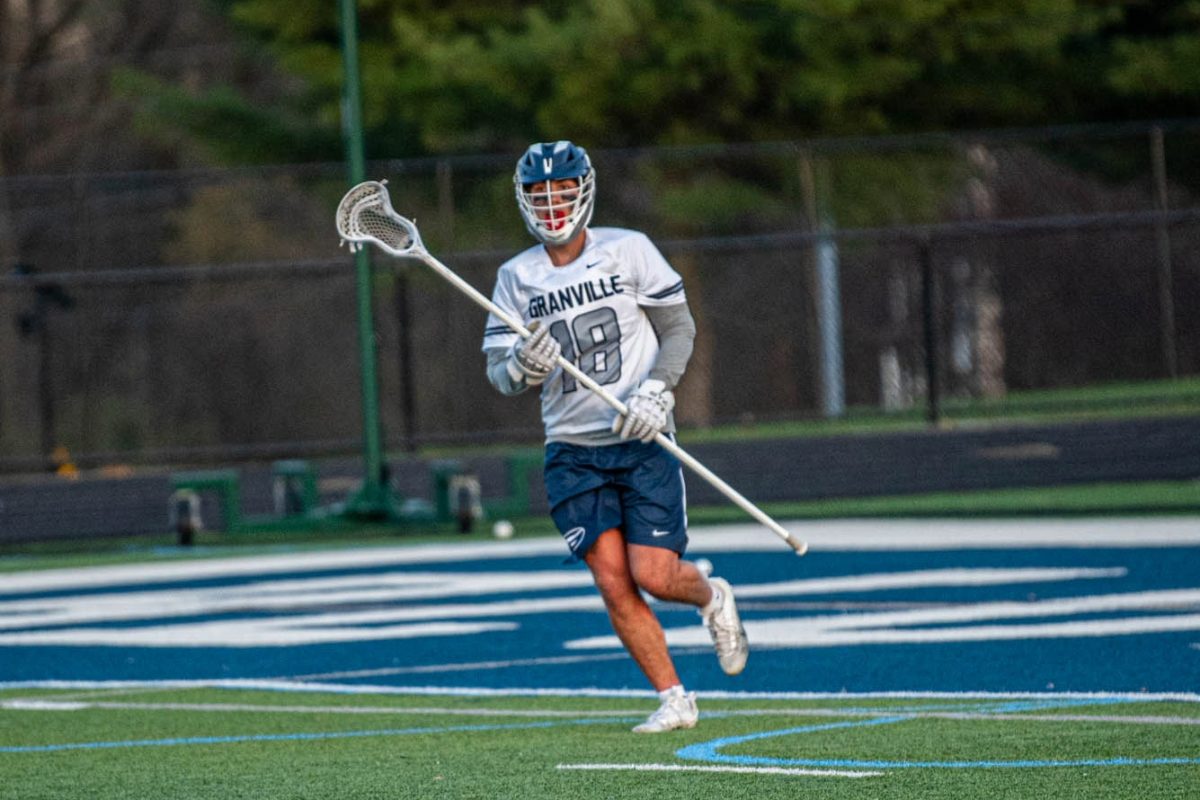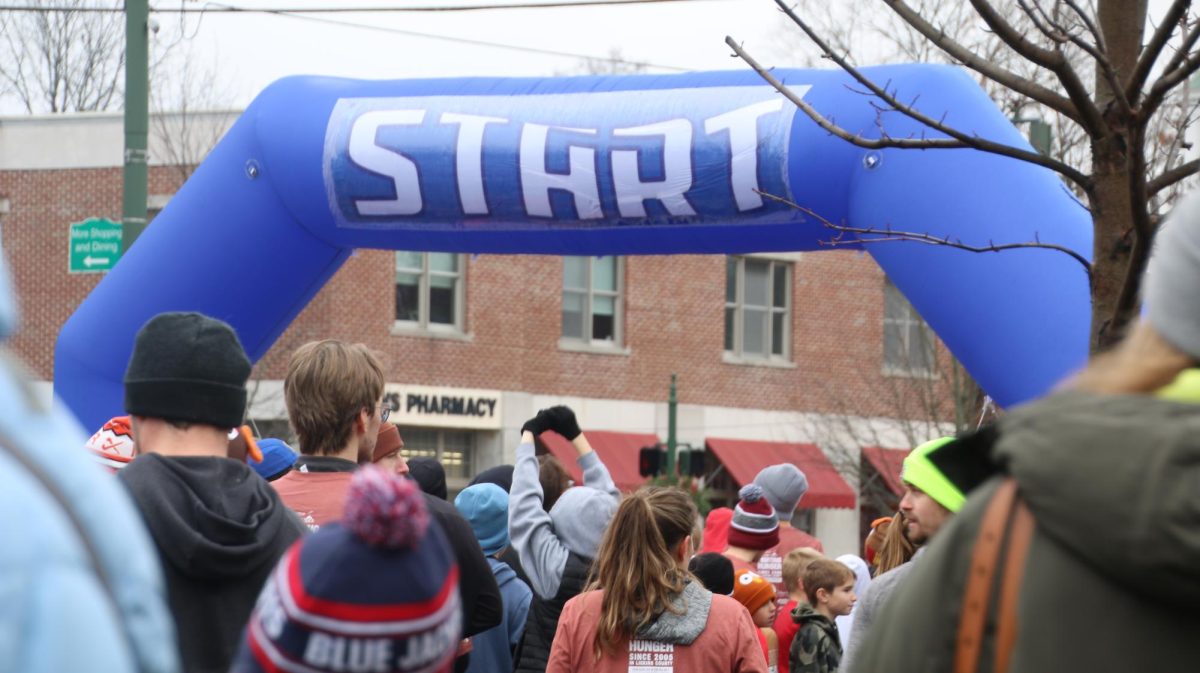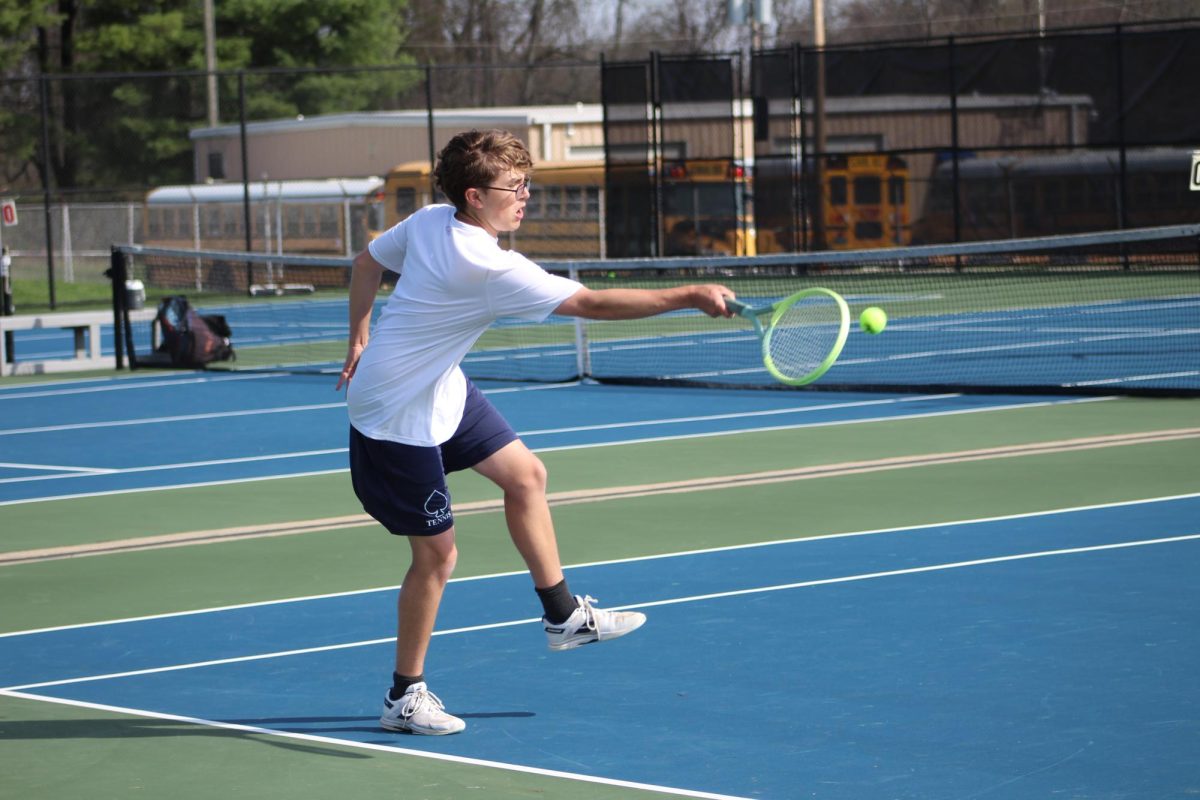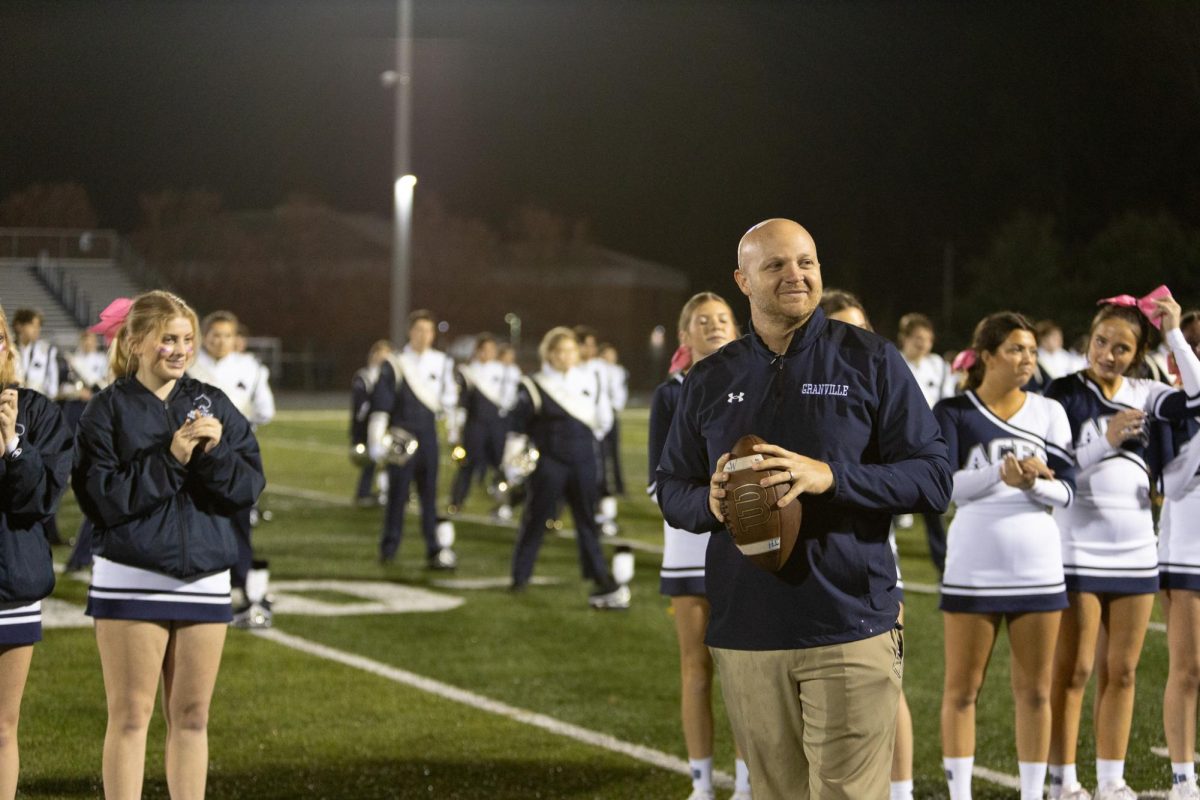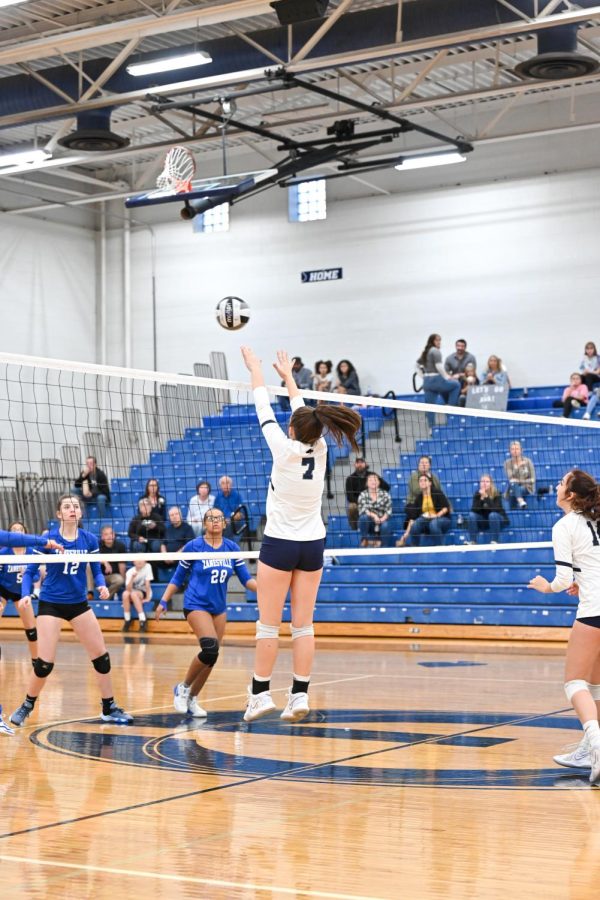BY JUSTIN THOMPSON (’17)
Being the sports fanatic that I am, I find myself fascinated with rarities that occur in everyday games. In an 162 game baseball season, the games all seem to blend together with a monotony that will put even the most devoted fans to sleep. But every once in a while, something especially exciting happens. It might happen in the blink of an eye, like Aroldis Chapman’s 105.1 mile an hour fastball. Or it might happen over months or even years like Joe DiMaggio’s 56 game hitting streak or Cal Ripken’s 2632 consecutive games played. However, one record towers above them all.
On June 11 1938, 24-year-old pitcher Johnny Vander Meer took the mound for the Cincinnati Reds against the Boston Bees. Vander Meer struck out four and walked three but didn’t allow a hit, he had pulled off a rarity in the baseball world, a no-hitter. Four days later in Brooklyn he walked eight but, again, didn’t allow a single hit in the first night game at Ebbets Field. Vander Meer had done something that no pitcher had done before or since, he had thrown two consecutive no-hitters. For this record to be broken a pitcher would need to throw three no-hitters in a row. This record is the most untouchable of all records in modern sports.
This streak is made more improbable by Vander Meer’s wild inconsistency on the mound. Vander Meer ended his career with a cumulative losing record and twice led the league in walks. He was notorious for being a boom or bust pitcher, when he took the mound he might fan 27 straight or he might not even make it out of the first inning. The probability of a pitcher like Vander Meer catching lightning in a bottle for two games in a row against competition that can’t even put the ball in play, is incredibly minute. His eleven walks in those two games are a high number for any pitcher in a two game stretch. In the final game he walked the bases loaded in the final inning before forcing Leo Durocher into a harmless pop-up to end the game. He also received some important help from his teammates, some spectacular plays in the field helped to keep the record intact. In his next outing Vander Meer went three and a third innings before finally allowing a hit. After more than 21 innings, Vander Meer’s incredible streak had finally come to an end. Coincidentally, Vander Meer was in attendance nine years later when his former teammate Ewell Blackwell took what would be his record-tying second straight no-hitter into the ninth inning before it was broken up by Eddie Stanky. Blackwell’s run has been the only real threat to Vander Meer’s streak.
The most unbelievable pitching feat of all time didn’t include any hall of famers, no hundred mile an hour fastballs or any unhittable breaking balls. It was simply an average pitcher who, for two days at least, was extraordinary. In today’s era where pitchers only throw about 6 innings per outing, the probability of a manager even allowing his pitcher to throw a complete game on two straight starts is minute, let alone that pitcher not allowing a hit in those two games. It would take a Herculean effort by one man and a whole lot of luck for Vander Meer’s record to ever be challenged. Because in today’s world of high paced, home run baseball, a record like Vander Meer’s seems safely intact.
[polldaddy poll=”9260983″]




